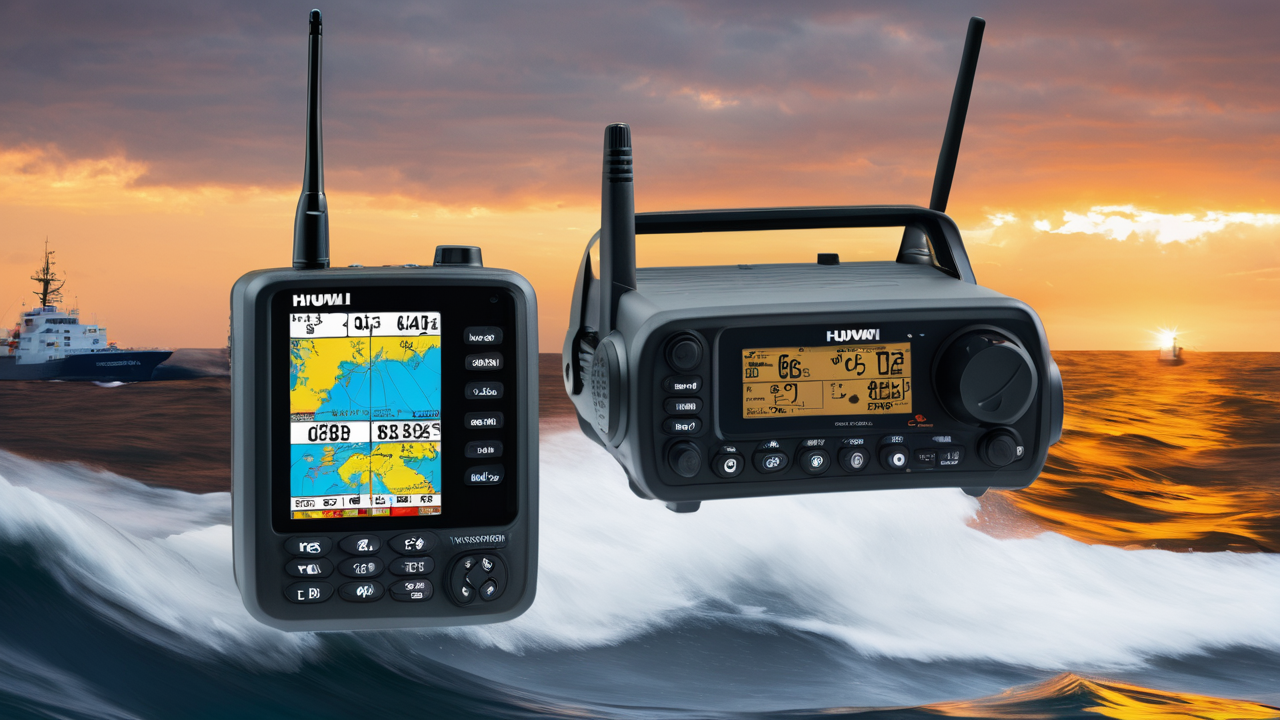Understanding the Importance of VHF Marine Radios on Boats
The Role of VHF Radios in Safety and Communication
VHF marine radios play a vital role in safety and communication at sea. They are essential for distress calls and weather updates. These radios allow sailors to contact other vessels and shore stations. In emergencies, VHF radios can be lifesavers. They provide a direct line to rescue services. Many coast guards monitor VHF channels 24/7. This ensures quick response to any distress signals. VHF radios also help in navigation by allowing communication with ports and marinas. They are crucial for getting local information and coordinating docking procedures.

Advantages of Having a VHF Marine Radio
Having a VHF marine radio offers numerous benefits for sailors. Firstly, it provides reliable communication even in remote areas. Unlike cell phones, VHF radios work where there's no cellular coverage. They are also more durable and designed to withstand marine conditions. VHF radios offer access to weather channels, providing real-time forecasts. This helps in making informed decisions about voyages. Many modern VHF radios have DSC (Digital Selective Calling) capability. This feature can automatically send your position in an emergency. VHF radios are also useful for routine communications, like arranging fuel stops or reporting positions.
Key Features to Look for in a VHF Marine Radio
Waterproofing and Durability for Maritime Environments
When choosing a VHF marine radio, waterproofing and durability are crucial factors. Look for radios with high IP (Ingress Protection) ratings. An IPX7 rating means the radio can survive temporary immersion in water. Some radios even offer IPX8, which provides protection against continuous submersion. Durability is also important. Look for radios with rugged construction and impact-resistant cases. Some models feature floating designs, making them easier to recover if dropped overboard. UV-resistant materials are also valuable, as they prevent degradation from sun exposure.

Battery Life and Power Efficiency on the Ocean
Battery life is a critical feature for marine VHF radios. Long battery life ensures communication even on extended voyages. Look for radios with lithium-ion batteries, known for their longevity. Some models offer dual power options, allowing use of alkaline batteries as backup. Power efficiency is also important. Many radios have adjustable power settings to conserve battery life. Some advanced models include solar charging capabilities. This feature is particularly useful for long trips or emergency situations. Consider radios with clear battery life indicators to avoid unexpected power loss.
The Display and User Interface for Ease of Operation
The display and user interface of a VHF marine radio greatly affect its usability. Look for radios with large, backlit displays for easy reading in all conditions. Some models offer color screens, which can improve visibility and information clarity. The user interface should be intuitive and easy to navigate. Large, well-spaced buttons are important, especially when operating with wet or gloved hands. Some radios feature customizable menus, allowing users to prioritize frequently used functions. Voice-activated operations can be useful for hands-free communication. Consider radios with clear audio output and noise-cancelling microphones for better communication.
Top VHF Marine Radios on the Market
Reviewing Popular VHF Marine Radios
Several VHF marine radios stand out in the market for their features and reliability. The Standard Horizon HX870 is highly rated for its GPS capabilities and user-friendly interface. It offers a large display and floating design. The ICOM M93D is known for its slim design and advanced DSC functions. It includes a built-in GPS and active noise cancelling. The Uniden MHS75 is popular for its compact size and affordability. It offers basic features with good build quality. The Cobra MRHH350FLT is appreciated for its floating design and long battery life. It includes NOAA weather alerts and a built-in flashlight.

Advanced Features that Set Top Models Apart
Top VHF marine radio models offer advanced features that enhance functionality. GPS integration is a key feature in premium models. It allows for position sharing and improves emergency response. Some radios offer Bluetooth connectivity, enabling smartphone pairing for extended range. Advanced DSC capabilities, including distress button functions, are common in high-end models. Some radios include AIS (Automatic Identification System) receivers. This feature helps in identifying nearby vessels. Noise cancellation technology improves audio clarity in windy conditions. Some models offer dual and tri-watch functions for monitoring multiple channels simultaneously.
Cost vs. Quality: Investing in the Right Radio
When choosing a VHF marine radio, balancing cost and quality is important. High-end models with advanced features can cost several hundred dollars. However, they often offer better durability and more reliable performance. Mid-range options provide a good balance of features and affordability. These typically cost between $100 and $300. Budget-friendly options are available under $100, but may lack advanced features. Consider your specific needs and sailing conditions when making a choice. For occasional use in calm waters, a basic model might suffice. For frequent sailing or challenging conditions, investing in a higher-quality radio is wise. Remember, a reliable VHF radio can be a lifesaver in emergencies.


